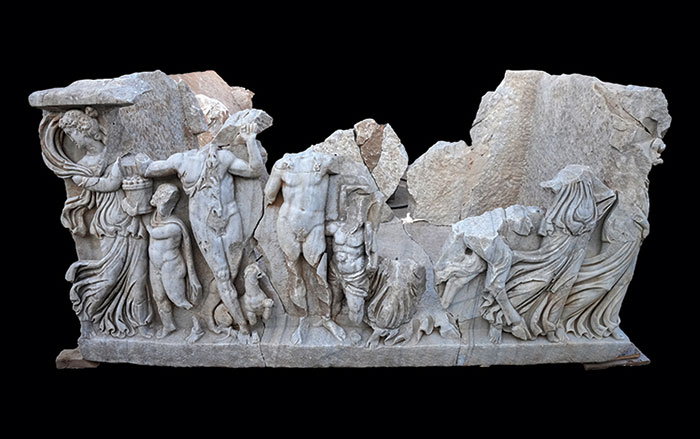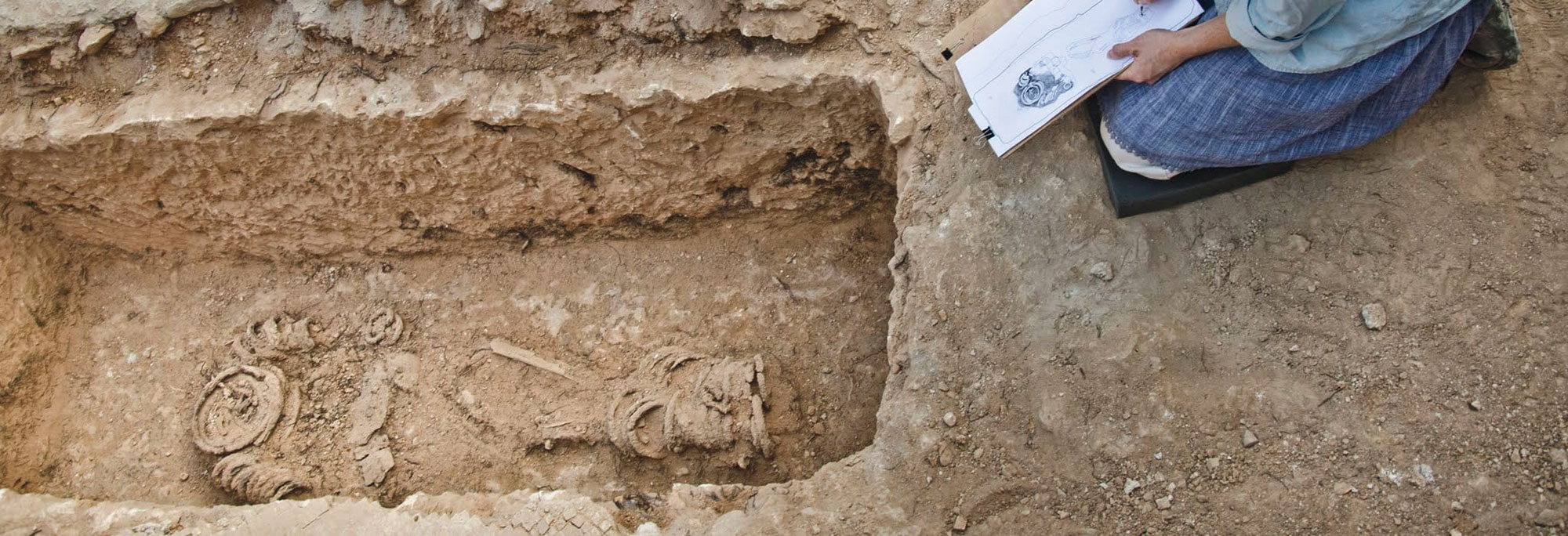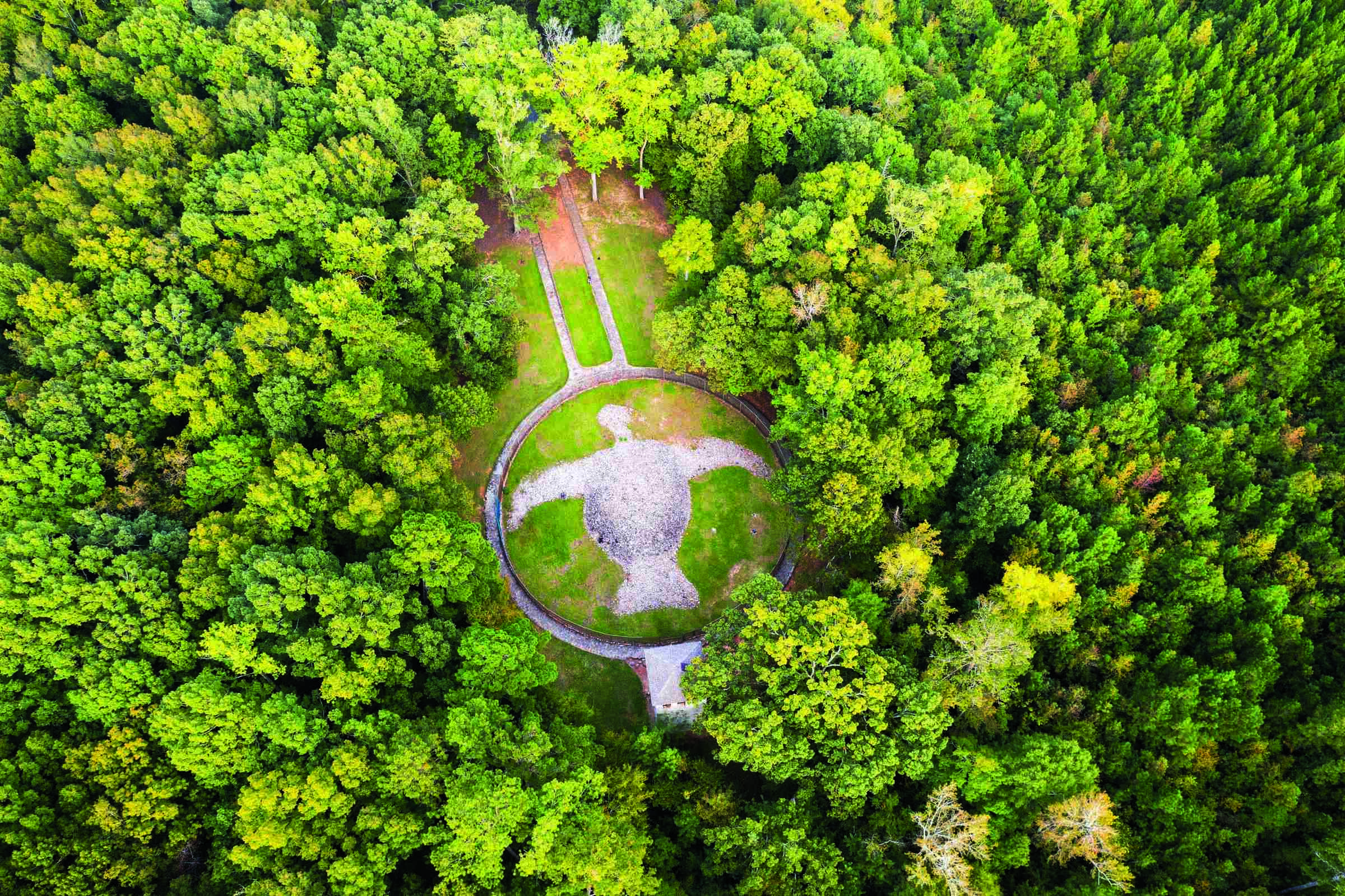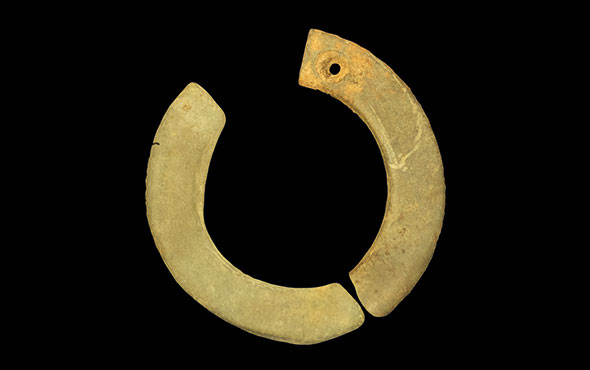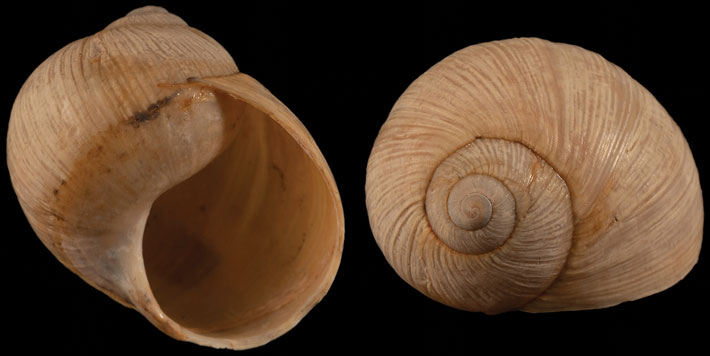
MÜNSTER, GERMANY—According to a statement released by Antiquity, Achim Lichtenberger of the University of Münster and Oren Tal of Tel Aviv University have dated the destruction of northern Israel’s Seleucid settlement of Tell Izṭabba to the spring of 107 B.C. Also known as Nysa-Scythopolis, the town was attacked by the Hasmoneans between 111 and 107 B.C. The researchers then narrowed that date to 108 or 107 B.C. through coins found in Samaria, which was under siege at the same time. Residues in chicken bones found in the dwellings at Tell Izṭabba have shown that the birds were producing eggs when they died. The researchers also discovered the shells of field snails, which were consumed in the spring, and traces of flowering plants on the dwelling floors. This information supports a written record of the Hasmonean conquest known as the Hebrew scroll of Megillat Ta’anit, or the Scroll of Fasting, which states that the inhabitants of Tell Izṭabba were expelled during the month of Sivan, Lichtenberger said. Military offenses during the Hellenistic period were usually conducted in the spring and early summer, he added. When taken together, he concluded, the evidence provides more precise information about the time of the destruction of Tell Izṭabba, and thus about the course of the Hasmonean campaign. Read the original scholarly article about this research in Antiquity. To read about a Hasmonean provincial capital in Judea, go to "Letter from the Dead Sea: Life in a Busy Oasis."


